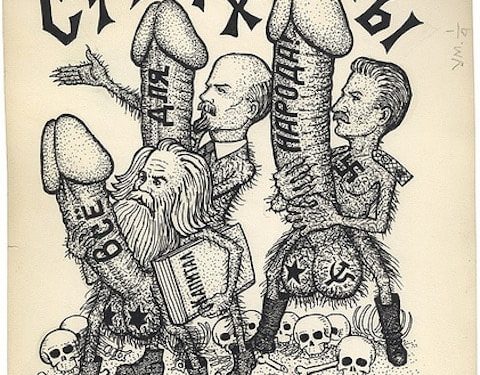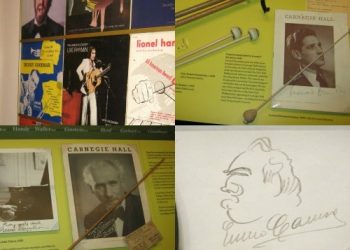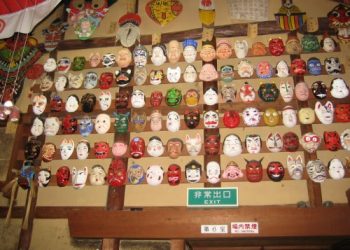I mentioned a Russian museum yesterday, so I thought I’d share something somewhat related. Last year there was a Russian Criminal Tattoo exhibit by Fuel Design in London. It included 120 original drawings by Danzig Baldaev, a prison guard from 1948 to 1986, who documented the art and meanings of criminal tattoos as well as photos by Sergei Vasiliev.
Here’s a description of the meanings behind the tattoos:
“In effect, the tattoos formed a service record of a criminal’s transgressions. Skulls denoted a criminal authority. A cat represented a thief. On a woman, a tattoo of a penis was the kitemark of a prostitute. Crosses on knuckles denoted the number of times the wearer had been to prison, and a shoulder insignia marked solitary confinement, while a swastika represented not a fondness for fascism but a refusal to accept the rules of prison society.
A criminal with no tattoos was devoid of status, but to have a tattoo when you hadn’t earned it – bearing the skull sign of a criminal authority, for example – often resulted in the tattoo being forcibly removed with a scalpel by fellow prisoners. And ‘grins’ (depicting communist leaders in obscene or comical positions) were a way for criminal to put two fingers up at the authorities.”
















